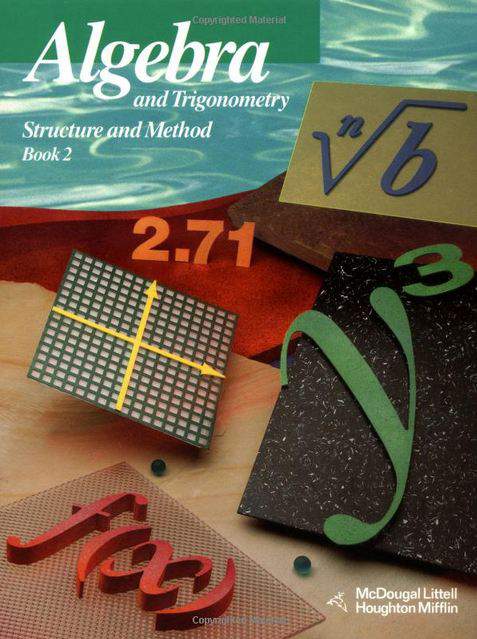Click video to play

This is a quick preview of the lesson. For full access, please Log In or Sign up.
For more information, please see full course syllabus of Trigonometry
For more information, please see full course syllabus of Trigonometry
Trigonometry Half-Angle Formulas
Lecture Description
The main formulas here are the formulas for a sine and cosine of a half-angle. There is a + and - sign in these formulas, which is a confusing part and it makes these formulas difficult. However, you can practice them in the examples, which will help you memorize the formulas and understand them. You can use the half-angle formulas to prove some other trigonometric identities. The formula for a tangent of a half-angle can be derived from the sine and cosine formulas, but we need to be careful about the + and - sign.
Bookmark & Share
Embed
Share this knowledge with your friends!
Copy & Paste this embed code into your website’s HTML
Please ensure that your website editor is in text mode when you paste the code.(In Wordpress, the mode button is on the top right corner.)
×
Since this lesson is not free, only the preview will appear on your website.
- - Allow users to view the embedded video in full-size.
Next Lecture
Previous Lecture










































 Answer Engine
Answer Engine



1 answer
Last reply by: Kevin Liang
Tue May 26, 2020 7:56 PM
Post by Kevin Liang on May 26, 2020
Hello professor, I don't understand why in the practice questions, the simplifying answers have to be in absolute value?
1 answer
Fri Dec 20, 2019 8:42 PM
Post by Owen Lu on November 24, 2019
Are there videos for formulas for $sinA+sinB$ and $sinA-sinB$?
1 answer
Tue Aug 13, 2013 5:08 PM
Post by Taylor Wright on July 18, 2013
On example 1, are both answers in simplified form?
1 answer
Mon Apr 29, 2013 9:26 PM
Post by Gabit on April 29, 2013
cosx <= 1, when you plug 0 into x it is still less or equal to 1, cos 0 <=1
1 answer
Sun Apr 28, 2013 10:31 AM
Post by Emily Engle on April 27, 2013
In ex. 3 you say that cos x < 1 ,but my book says that the cos 0 = 1 ( and when you plot cos x it hits one at 0)?
1 answer
Tue Apr 23, 2013 7:42 PM
Post by mickaole walden on April 22, 2013
I know it must have been a lot of work to make the quick notes. I just want to thank you, I really appreciate you. ;->